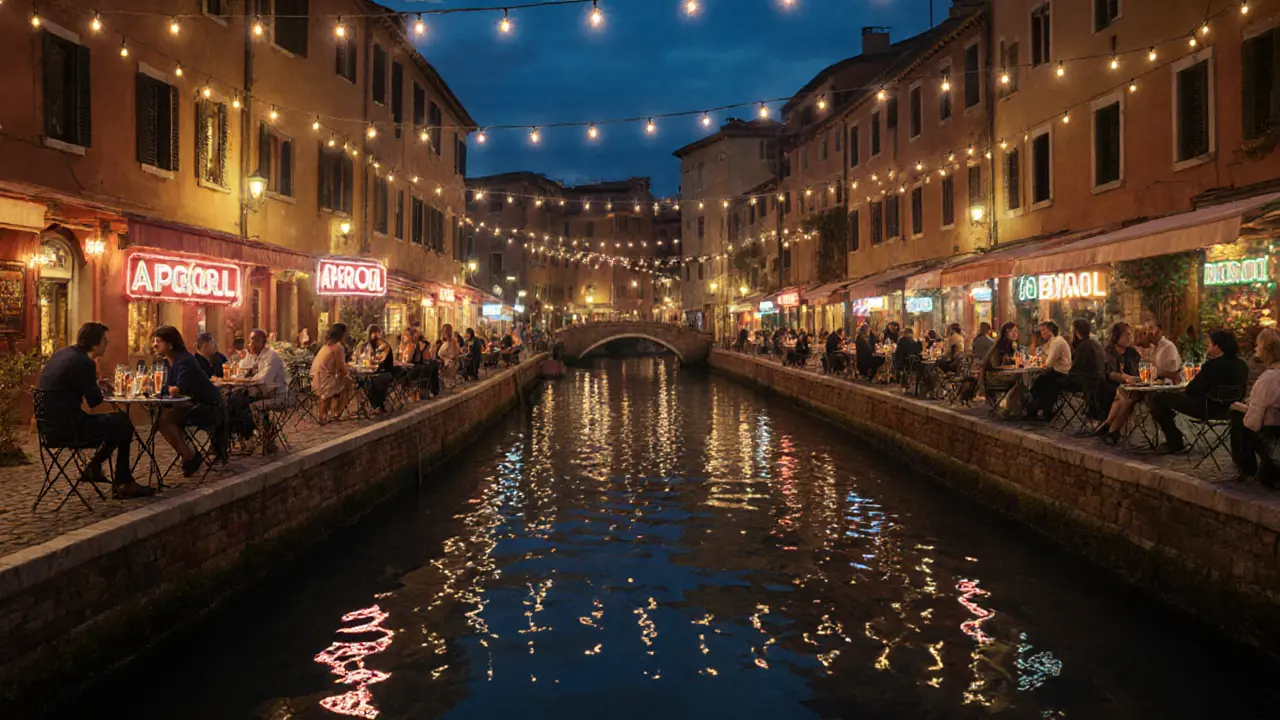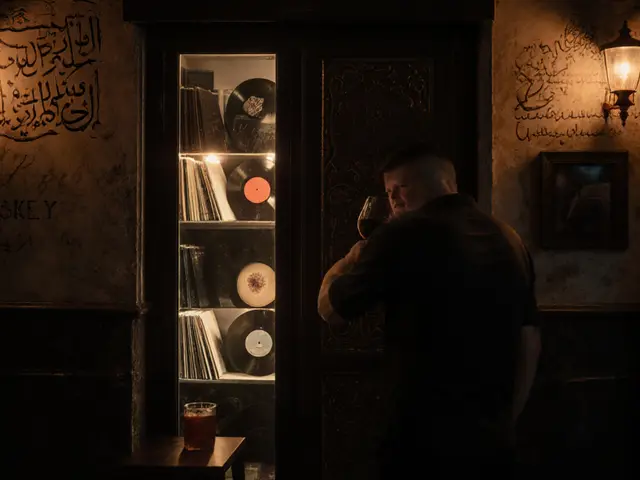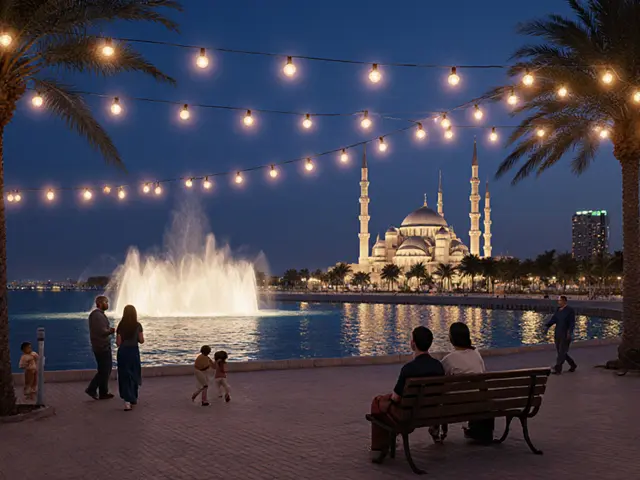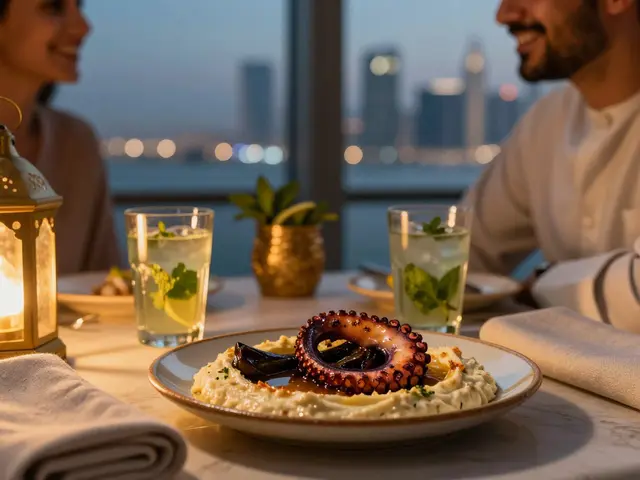Nightlife in Milan: Your Ultimate Guide to the City's Hottest Bars, Clubs, and Late-Night Spots
Milan doesn’t sleep when the sun goes down. While the world knows it for fashion shows and luxury boutiques, the city’s real pulse kicks in after 10 p.m. This isn’t just another European city with a few trendy bars - it’s a nightlife machine that blends Italian elegance with underground grit, all under the glow of neon and candlelight.
Where the locals go after work
Start your night like a Milanese. Head to Navigli, the canal district that turns into an open-air party zone every Friday and Saturday. The canals are lined with terraces where professionals in tailored jackets sip Aperol spritzes and debate the latest design exhibit. It’s not a tourist trap - it’s where people who work in fashion, architecture, and media unwind. The crowd here isn’t there to be seen; they’re there to talk, laugh, and linger. Grab a table at Bar Basso - the birthplace of the Negroni Sbagliato - and watch bartenders shake cocktails with the precision of surgeons.
Don’t skip the hidden courtyards. Walk down Via Tortona or Via Solferino and you’ll find speakeasies behind unmarked doors. La Cucina has no sign, no menu, and no reservations - just a buzzer and a bartender who nods you in if you look like you know what you’re doing. Inside, it’s dim, loud, and full of people dancing on wooden crates. No one cares if you’re dressed up or down. What matters is whether you’re having fun.
The club scene: From high-end to underground
If you’re looking for glamour, Armani/Silos throws exclusive after-parties during Fashion Week, but those are invite-only. For the rest of the year, Le Gru is your best bet. It’s a former warehouse turned into a multi-level club with DJs spinning techno, house, and deep bass. The sound system is built like a concert hall - you feel the music in your chest before you hear it. Lines form by midnight, but if you get there before 1 a.m., you’ll walk right in.
For something grittier, head to La Scala - not the opera house, but the basement club under it. This place doesn’t advertise. It doesn’t have a website. You find it through word of mouth. The walls are damp, the lights flicker, and the music is raw industrial techno. It’s not for everyone. But if you’ve been to Berlin, London, or Tokyo clubs, you’ll recognize this as the real deal. The crowd here is international, quiet, and intensely focused on the beat. No one takes photos. No one tries to impress. They’re here to lose themselves.
Where to drink before the club
Milanese nightlife doesn’t start at midnight - it starts at 9 p.m. with an aperitivo. The ritual is simple: pay €12-18 for a drink, and you get a buffet of snacks that could feed a small family. At Terrazza Aperol on Piazza XXV Aprile, the spread includes truffle crostini, grilled vegetables, and handmade pasta. The terrace overlooks the city lights, and by 11 p.m., it’s packed with couples, friends, and solo travelers all sharing the same unspoken rule: one drink, three hours, endless conversation.
For a quieter vibe, try Bar Basso again - yes, it’s worth a second visit. Or head to Il Gatto Nero in Brera, where the shelves are lined with 300 types of gin and the bartender remembers your name after one visit. This isn’t a dive bar. It’s a temple to craft cocktails. The Negronis here are balanced perfectly - bitter, sweet, and strong enough to make you forget the day.
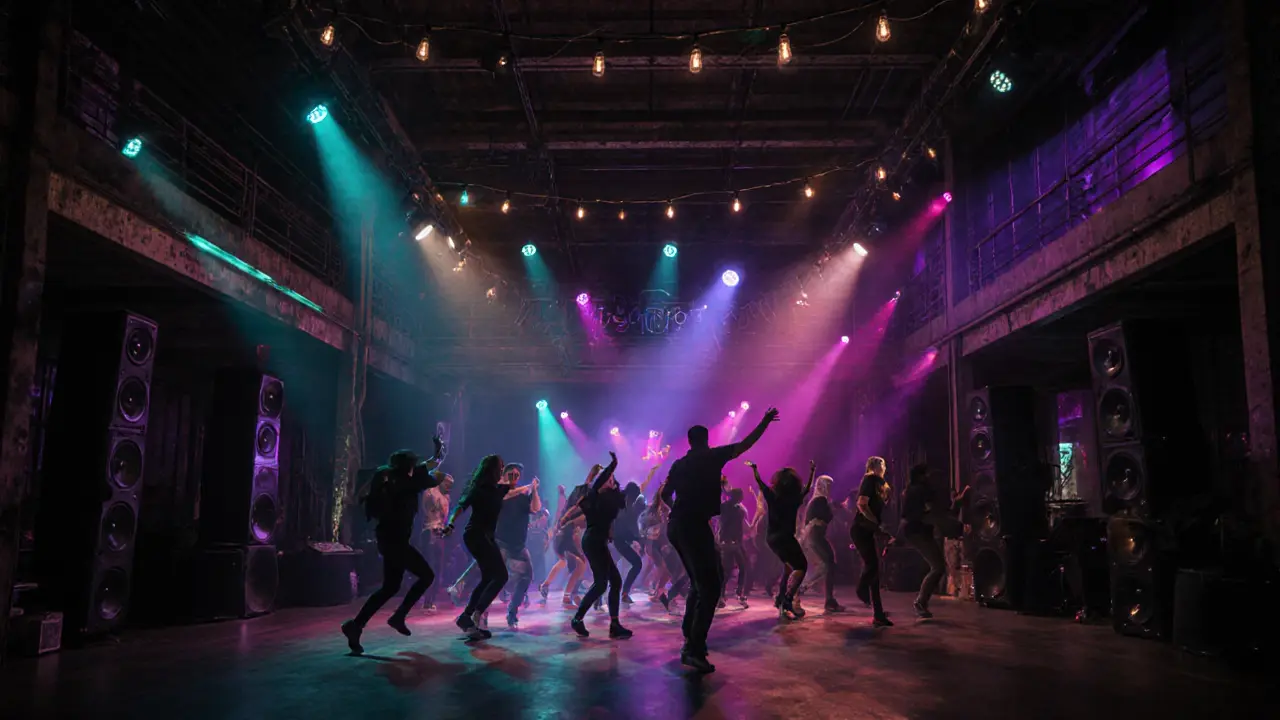
What time do things actually start?
Don’t show up at 10 p.m. expecting to dance. Milan doesn’t move that fast. Bars open at 8 p.m. for aperitivo. Clubs don’t fill up until after midnight. The real energy hits at 1 a.m. - when the fashion crowd leaves their after-parties and the underground crowd finally gets loud. If you want to feel the pulse of the city, be there between 1 a.m. and 3 a.m. That’s when the real connections happen. That’s when the music changes, the crowd shifts, and the city reveals its true rhythm.
What to wear - and what not to
Milan is not Paris. It’s not London. It’s not even Rome. Here, style isn’t about labels - it’s about fit, fabric, and confidence. You don’t need a Gucci suit. But you shouldn’t show up in sweatpants either. Think: dark jeans, a crisp shirt, a leather jacket. Clean shoes. No logos. No flip-flops. No baseball caps. The locals notice. They don’t say anything. But they know.
At Le Gru, the dress code is strict: no sneakers, no sportswear. At La Scala, it’s the opposite - the wilder you look, the better. The rule? If you look like you belong, you belong. If you look like you’re trying too hard, you won’t get past the door.
How to get around after dark
Public transport runs until 2 a.m. on weekends. After that, you’ll need a taxi or ride-share. Uber isn’t reliable here - many drivers refuse late-night rides. Instead, use Free Now or Beat, apps that connect you with licensed Milanese cabs. The average fare from Navigli to the city center is €8-12. Don’t try to walk - Milan’s streets are narrow, poorly lit after 2 a.m., and full of uneven cobblestones.
Some clubs offer shuttle services. Le Gru runs a free minibus from Porta Genova station at midnight. Ask at the door - they’ll tell you the schedule.

What to avoid
Stay away from tourist traps. Places like Club 21 on Corso Como or Bar Luce (yes, the one from Wes Anderson’s film) are pretty, but they’re designed for Instagram, not real nights out. You’ll pay double for drinks, hear the same top 40 hits, and feel like you’re in a movie set.
Also, don’t expect to find American-style dance clubs. Milan doesn’t do EDM festivals or bottle service. If you’re looking for glitter, confetti, and loud DJs shouting into microphones, you’ll be disappointed. This city’s nightlife is quieter, smarter, and more intense.
When to go
Weekends are packed. Fridays and Saturdays are the only nights when the city feels truly alive. But if you want to avoid crowds and still get the real experience, go on a Thursday. The vibe is looser, the drinks are cheaper, and the DJs are experimenting. You’ll find more locals and fewer tourists. And you’ll leave with stories no one else has.
Summer is the best time - the canals are lit, the air is warm, and the parties spill into the streets. But winter has its own magic. Snow dusts the rooftops, the clubs are cozier, and the music feels deeper. There’s no bad time to go out in Milan - just different kinds of magic.
Final tip: Be curious, not loud
Milanese nightlife isn’t about being the loudest person in the room. It’s about noticing the little things - the way the bartender pours the vermouth, the silence between beats, the way strangers become friends over a shared plate of fried zucchini. You don’t need to dance. You don’t need to drink. You just need to be present.
Walk slowly. Listen. Taste. Look up at the buildings. Let the city lead you. That’s how you find the places no guidebook mentions. That’s how you leave with more than a photo - you leave with a memory that lasts longer than the music.
Is Milan nightlife safe at night?
Yes, Milan is generally safe at night, especially in popular nightlife areas like Navigli, Brera, and the city center. Stick to well-lit streets, avoid isolated alleys after 2 a.m., and use licensed taxis or ride-share apps like Free Now. Petty theft is rare, but always keep an eye on your belongings in crowded bars.
Do I need to book tickets for Milan clubs?
Most clubs don’t require tickets on regular weekends. You can walk in, pay a cover charge at the door (usually €10-15), and get in. But for special events, guest DJs, or holidays like New Year’s Eve, advance tickets are required. Check club Instagram pages or websites like Milan Nightlife for updates.
What’s the average cost of a night out in Milan?
A full night out - including aperitivo, one or two club entries, and a couple of drinks - will cost around €40-70. Aperitivo is usually €12-18, club cover is €10-15, and cocktails range from €12-18. Drinks at upscale bars can hit €20. Budget wisely - the real value is in the experience, not the price tag.
Are there any age restrictions for clubs in Milan?
Most clubs require you to be at least 18, but many enforce a 21+ policy, especially in upscale venues like Le Gru. Always carry a valid ID - passport or EU driver’s license. Bouncers check rigorously, and fake IDs rarely work.
What’s the best time to arrive at a Milan club?
Arrive between 12:30 a.m. and 1:30 a.m. That’s when the crowd shifts from casual drinkers to serious partygoers. If you come before midnight, you’ll be one of the few. If you come after 2 a.m., you might wait in line for 30 minutes. The sweet spot is just after the first wave of clubgoers arrives - the music is pumping, the vibe is rising, and the dance floor is still open.
